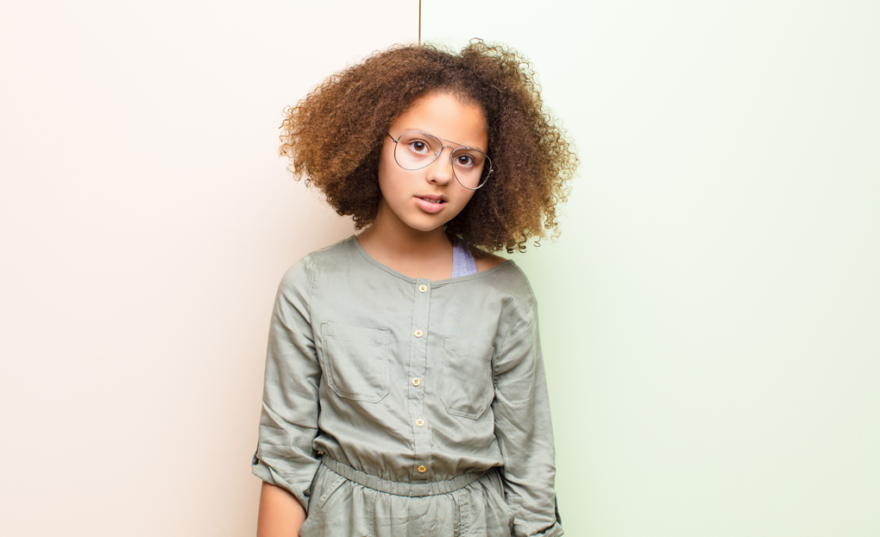Data from randomized controlled trials (RCTs)1 support that cognitive-behavioural therapy (CBT), selective serotonin reuptake inhibitor (SSRI) treatment (Sertraline) and a combination of both are effective at treating anxiety disorders. How these evidence-based treatments exert their effects, however, is unknown. In 2019, Matti Cervin and colleagues analysed data from the largest RCT for paediatric anxiety disorders2 to examine how these treatments affect different domains of anxiety (i.e., anxiety severity, frequency, manifestations, and avoidance strategies).
In their unique approach, Cervin et al. conceptualized youth anxiety as a network of interconnected nodes, with each node corresponding to one aspect of anxiety. They then analyzed which aspects of this anxiety network were directly affected by evidence-based treatments for youth anxiety. Consistent with prior studies,2 the researchers found that combined CBT with the SSRI sertraline had strong effects on the anxiety network over placebo treatment. These treatments seemed to predominantly attenuate the severity of anxiety feelings and impairments in the home setting. No direct effects were found in relation to impairments outside of the home, such as at school.
“Current treatments might be improved by collaborating more with school personnel and by thoroughly assessing how a young individual with anxiety is affected in school”, explains Cervin. “Although we analyzed data from the largest treatment study conducted to date, we still need to see whether our results replicate; if they do, then treatment strategies that readily address anxiety-associated school impairments should be developed and tested”.
Referring to
Cervin, M., Storch, E.A., Piacentini, J., Birmaher, B., Compton, S.N., Albano, A.M., Gosch, E., Walkup, J.T. & Kendall, P.C. (2019), Symptom-specific effects of cognitive-behavioural therapy, sertraline, and their combination in a large randomized controlled trial of paediatric anxiety disorders. J. Child Psychol. Psychiatr. doi: 10.111/jcpp.13124.
References
(1) Wang, Z. et al. (2017), Comparative effectiveness and safety of cognitive behavioural therapy and pharmacotherapy for childhood anxiety disorders: A systematic review and meta-analysis. JAMA Pediatr. 171: 1049-1056. doi: 10.1001/jamapediatrics.2017.3036.
(2) Walkup, J.T. et al. (2008), Cognitive behavioural therapy, sertraline, or a combination in childhood anxiety. N. Eng. J. Med. 359: 2753-2766. doi: 10.1056/NEJMoa0804633.
See also
Child/Adolescent Anxiety Multimodal Study, NCT00052078: clinicaltrials.gov/ct2/show/NCT00052078.
Glossary
Randomized controlled trial: an experimental setup whereby participants are randomly allocated to an intervention/treatment group or a control/placebo group; randomization of participants occurs after assessments for eligibility, and is used to minimize selection bias.
Cognitive-behavioural therapy: a form of talking therapy that encourages patients to manage their psycho-social problems by changing the way they think and behave; CBT focuses on current problems and finds practical ways to improve state-of-mind on a day-by-day basis.
Selective serotonin reuptake inhibitors: a class of drug that is typically used as an antidepressant in the treatment of anxiety or major depressive disorders. These drugs increase circulating serotonin levels by limiting its reabsorption into the cell; the effect is an increased level of serotonin available to bind postsynaptic receptors and increased serotonin-mediated neurotransmission.

